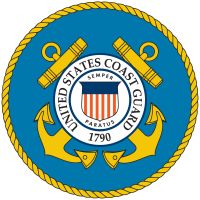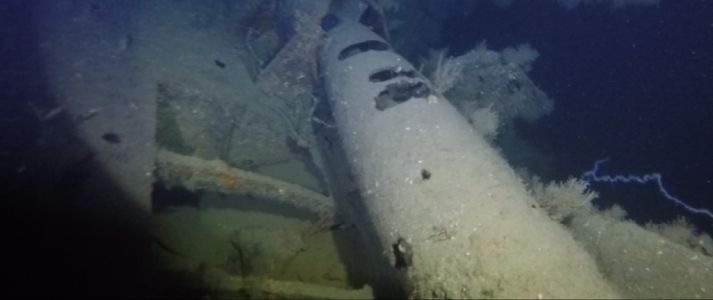
UC-55 wreckage. Photo: Jacob Mackenzie
Last Friday, July 21, divers dove 110m (361ft) beneath the waters off the Shetland Islands, about eight miles south-east of Lerwick, and positively identified the wreck of the SM UC-55, a German Type UC II minelaying submarine that was sunk during World War I in 1917.
The wreck of UC-55 was first discovered by side scan sonar in a UK hydrographic office survey on 3 July 1985. The survey was not able to identify the wreck. Now, 106 years after its sinking and 38 years after the wreck was first discovered, divers from the Stromness boat Valhalla have identified the submarine in almost the same condition as she was left.

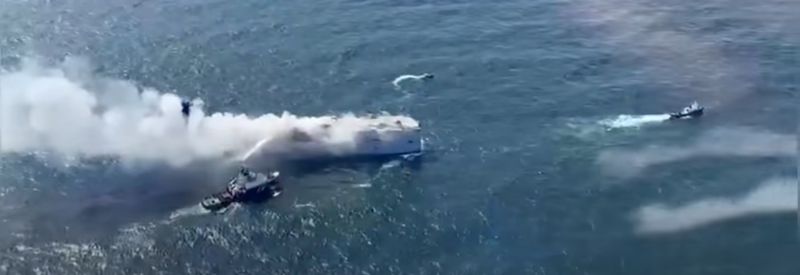
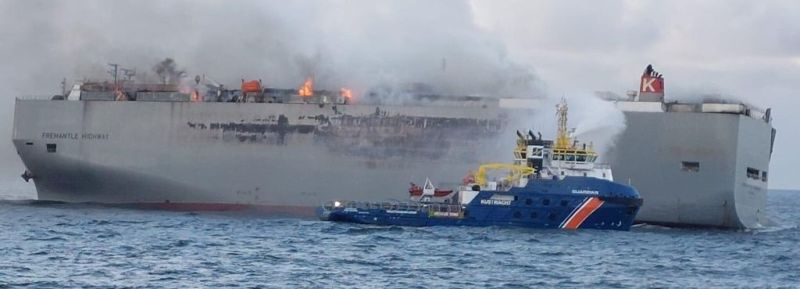 Near midnight on Tuesday, the car carrier
Near midnight on Tuesday, the car carrier 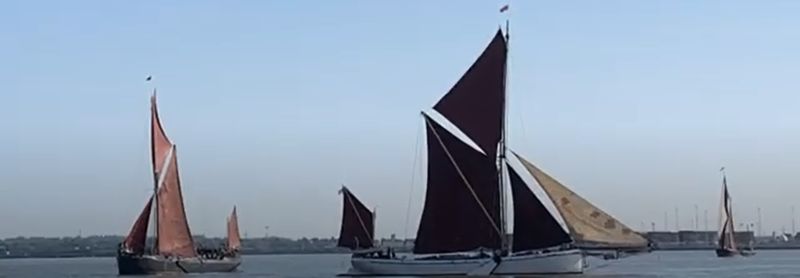 In 1863,
In 1863, 
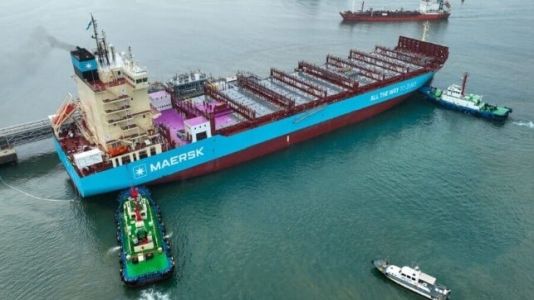 Back in 2021, we
Back in 2021, we  We have posted about
We have posted about 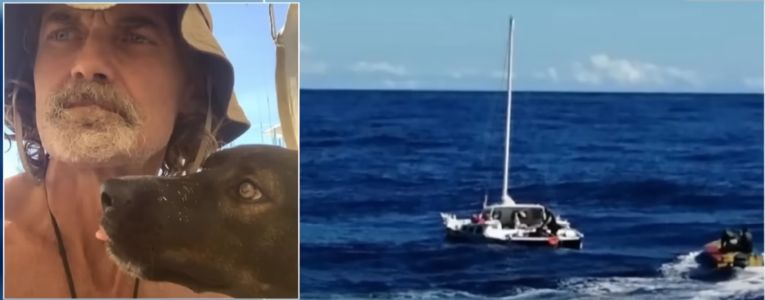 An Australian sailor and his dog were recently rescued by a Mexican tuna trawler after surviving for almost three months at sea.
An Australian sailor and his dog were recently rescued by a Mexican tuna trawler after surviving for almost three months at sea. The
The  When the
When the 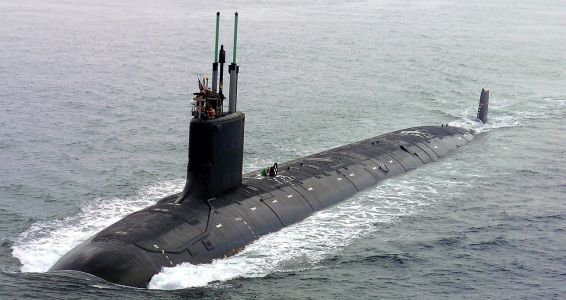
 We have followed the
We have followed the  In Miguel de Cervantes’ epic novel
In Miguel de Cervantes’ epic novel  Last Wednesday night at 9:38 PM, a fire broke out on the 10th deck of the ro-ro/container ship,
Last Wednesday night at 9:38 PM, a fire broke out on the 10th deck of the ro-ro/container ship,  The much-anticipated live-action movie
The much-anticipated live-action movie 
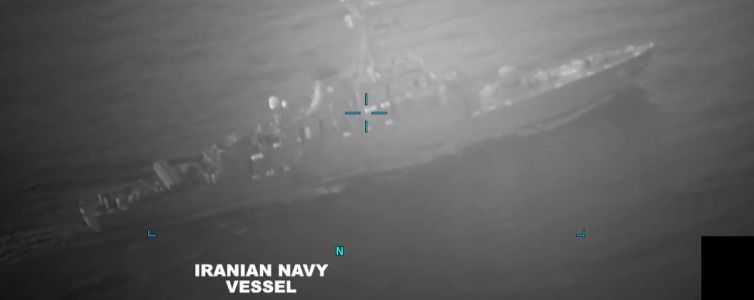
 An updated repost fitting for the day.
An updated repost fitting for the day.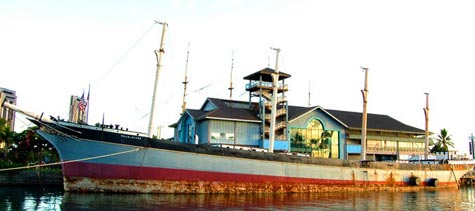 Last week, the State of Hawai’i Department of Transportation issued
Last week, the State of Hawai’i Department of Transportation issued 